Following the successful revolution in 1959, when Cuba installed Fidel Castro as President, the United States decided to end all economic relations with Cuba and install a complete trade embargo. Hence, following 1959, no more American cars were able to be shipped to Cuba. Due to the cost of importing cars from most other countries, that means that still, to this day, more than half of the cars you’ll see in Havana (and most of Cuba) are 1950s American cars. From 1957 Chevy’s to a 1954 Dodge, to the 1955 Ford Fairlane town sedan that took my family from Havana to the rural town of Viñales. A small handful of cars are 1960s-70s Russian cars as well, which were imported during the Cold War era due to Cuba’s close relationship with the Soviet Union at the time.
Given the expense of importing parts from overseas and the general poverty of the island of Cuba, I was curious how they were able to keep up the maintenance on these old cars and keep their running, so I talked to almost every cab driver I saw, as well as the mechanics at a repair shop that I walked by. They said that, for the most part, they would quite simply get by with what they had, in a “live off the land” sort of way. They’d import cheap parts when they could from Mexico, China, or the Soviet Union (especially the Soviet diesel engines from the 1970s and 80s), and create parts from scratch when they couldn’t do that. By and large, their answers to how the 1950s American cars are still on the road were quite simply “they don’t make things like they used to anymore.” While some of these cars have well over 1,000,000 miles on them and are on their 3rd, 4th, or 5th engines, their exteriors and interiors are largely unchanged, except for paint. The extremely high quality of creation at the time has helped them maintain these beautiful machines over the years.
Stepping off of the plane in Havana, you feel like you stepped back in time 60 years, and it seems to prove that time travel may indeed be possible, and that all you need is an airplane to act as your time machine. There’s nowhere else in the world where you can see this many classic cars still on the road in one place. It certainly is a sight to behold, and worth a trip for anyone who wants one of the most unusual and unique travel experiences that you can have.
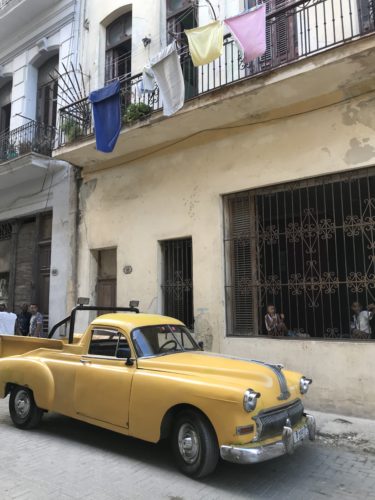
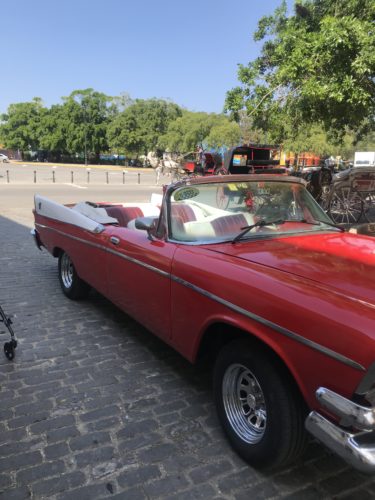
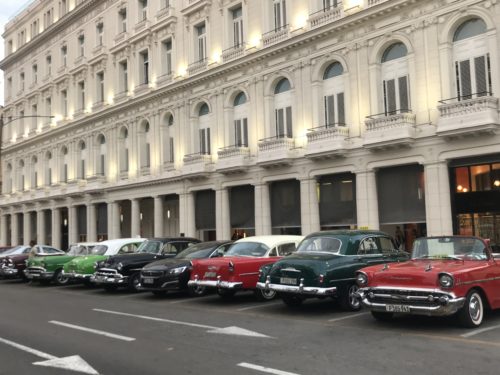
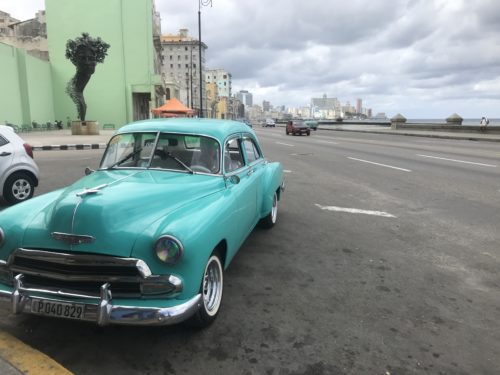
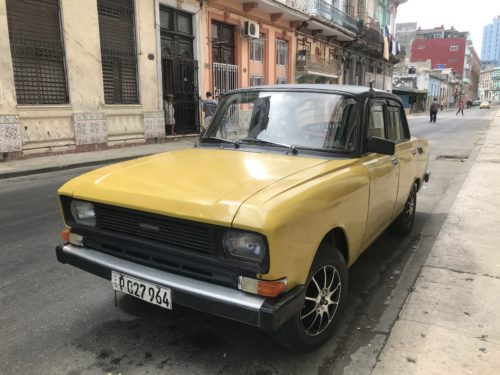
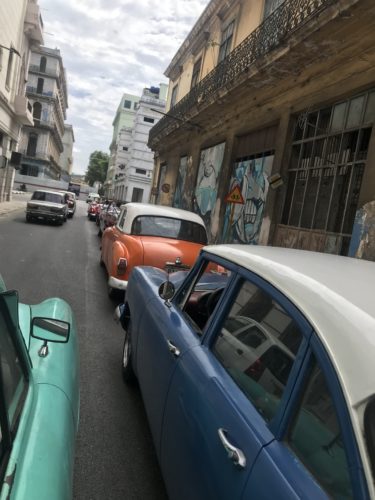
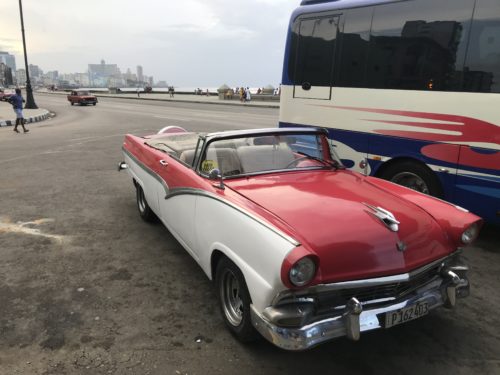
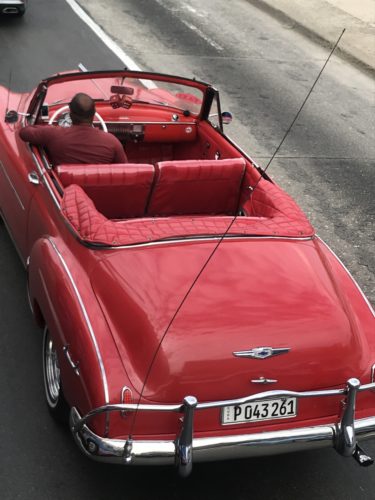
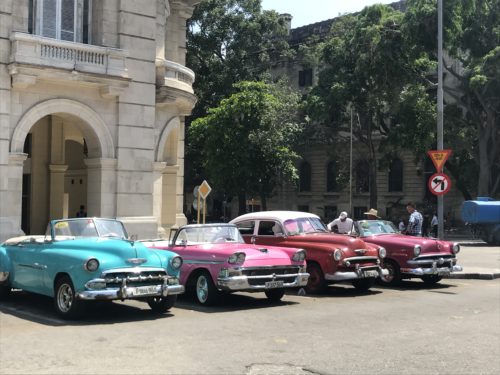

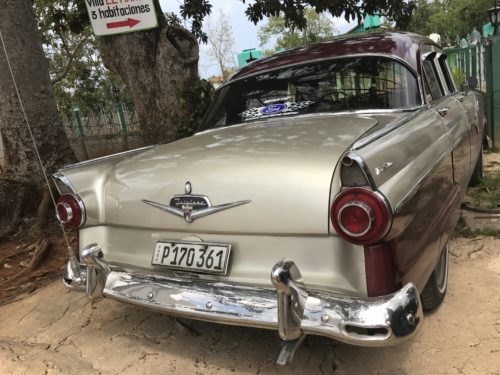
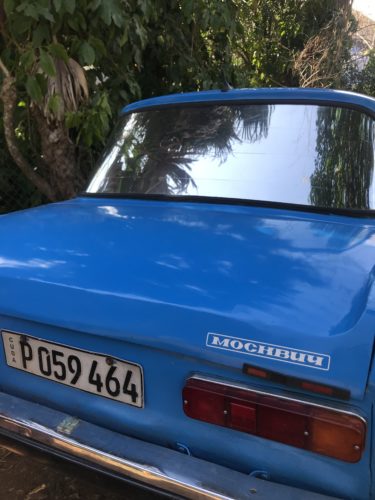
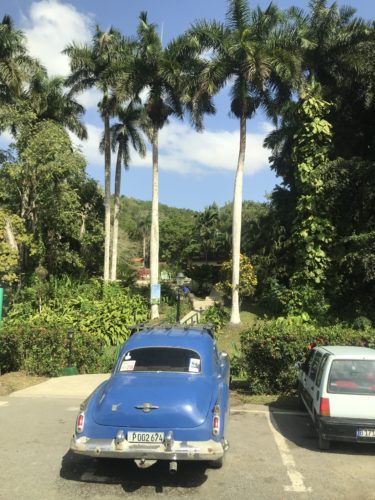
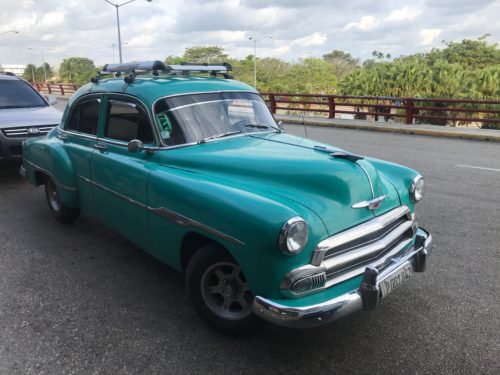
Michael Prodanovich is a contributor to Point Me to the Plane, and author of The Ultimate Guide to Free Travel
The responses below are not provided or commissioned by the bank advertiser. Responses have not been reviewed, approved or otherwise endorsed by the bank advertiser. It is not the bank advertiser's responsibility to ensure all posts and/or questions are answered.
4 comments
We were there nearly 1-1/2 years ago and 1st take back is: The people of Cuba were the nicest people I have every met in this world. Just wonderful people. If you saw a new car it was State car owned. The old cars were run by individuals. Cuba will only give out one business license and each car must have its own owner. However, we met a guy that restored the cars and put them on the road. He figured out how to franchise. Every person in his own family and extended family has a car, that in actually he owns and maintains. When I was a kid my Dad had a 1960 Impala 2 door. The 3 kids of us road in the back and I remember every inch of that car in and out as I road in it from the age of 5 to 10. The guy had just finished the restoration of an almost identical car. It brought tears to my eyes as I sat in the car. My Mom and Dad have passed and this car, in perfect condition, brought back so many memories. The whole trip was worth sitting in that car. Outside was a 60 Impala that was a 2 door convertible. Can you even imagine how much that car is worth here in the states. It was in horrible shape, but from the looks of those he is restoring I know it will be perfect when done. He said he gets his parts from his brother in Miami. I look forward to going back to Cuba.
Thats great! What a cool experience. My mom was a child when all those cars were new in the states, and she was almost in tears seeing her own childhood family car on the road in Cuba (the Ford Fairlane), and getting to sit in one as well.
I also had the same takeaway from the people…very friendly, genuine, caring, and curious. I had a great experience and also hope to return again in the future to see more!
Umm. Cuba gained Independence from Spain in 1898–followed immediately in Spanish-American war, which had US military rule over Cuba for a few years, and finally official Cuban Independence in 1902. Please, please fix your opening sentence.
Awesome cars! Have had the pleasure of riding around Havana in an mid 50’s Ford Sunliner–one of the most memorable rides of my life. But btw your history is a bit off: Fidel Castro wasn’t even born when Cuba Independence from Spain happened. A long and complicated history for sure.